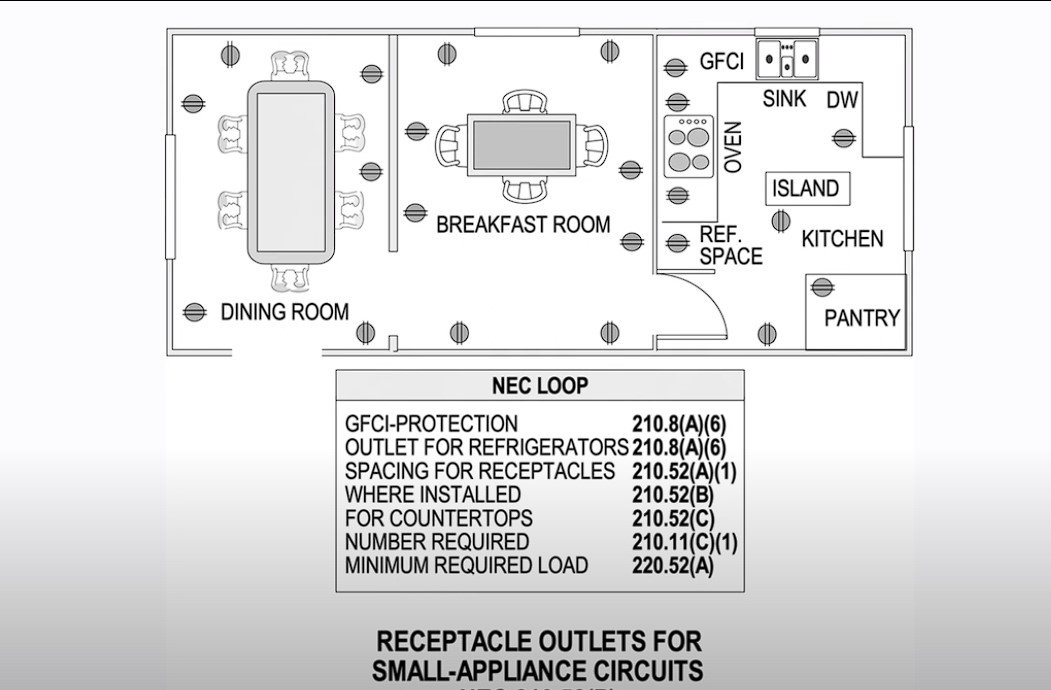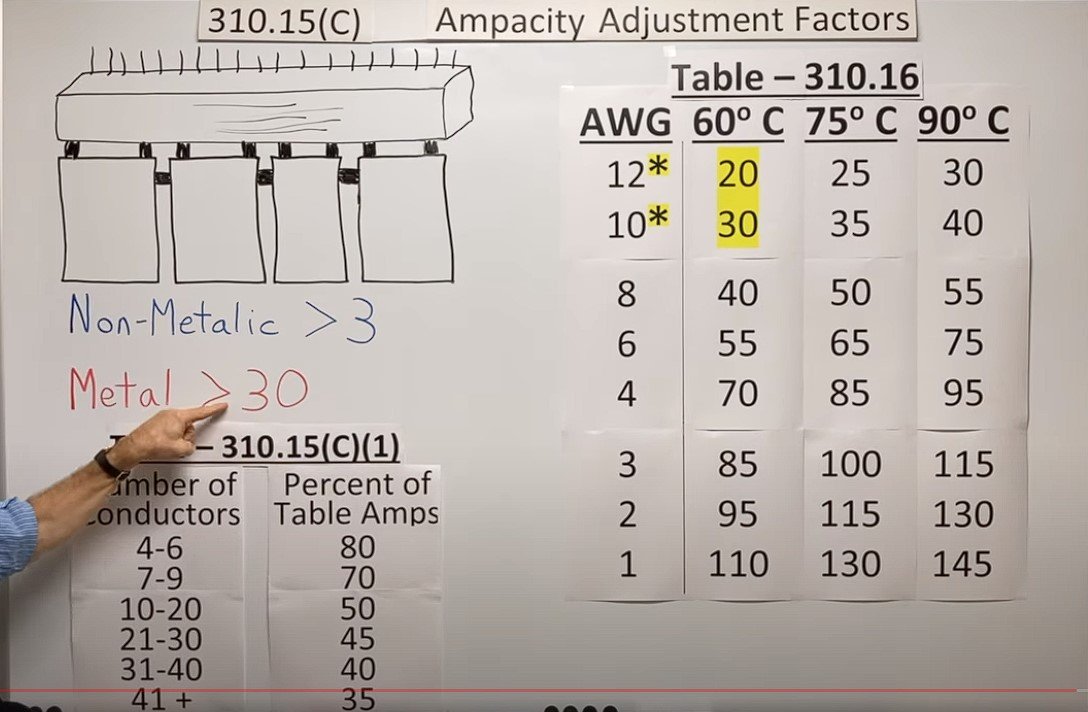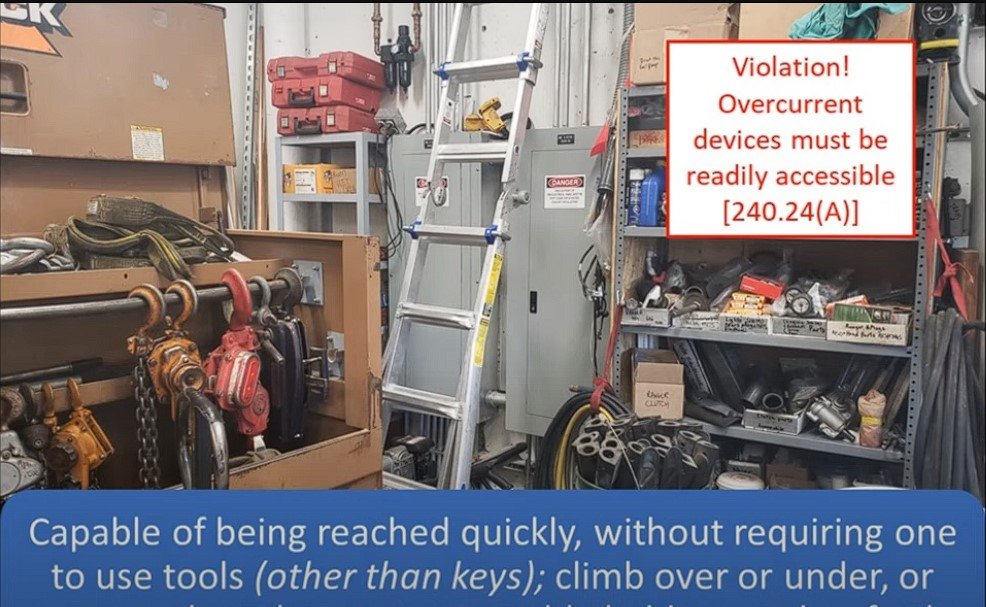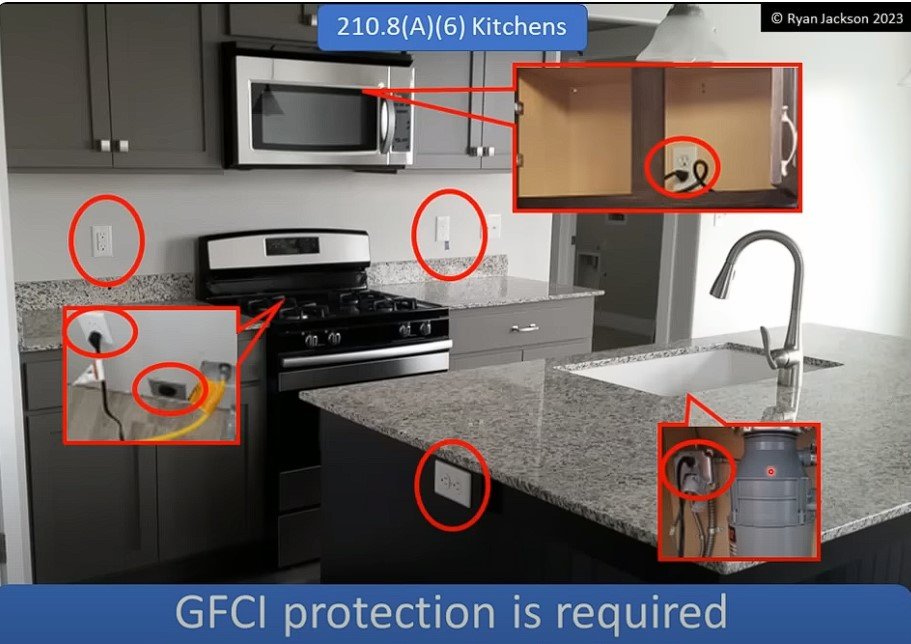Small Appliance Circuits in the Kitchen: NEC Requirements Explained
The National Electrical Code (NEC) has specific requirements for branch circuits supplying small appliances in kitchens, pantries, breakfast rooms, dining rooms, and similar areas. Here’s a breakdown of what the NEC says about small appliance circuits: Here’s why the NEC has these requirements: Additional Considerations: Here are some relevant NEC sections for further reference: By … Read more









